Embarking on a global culinary journey reveals a vast tapestry of flavors, textures, and aromas. While some dishes are universally loved, others might seem peculiar to the uninitiated palate. Join us as we explore the 20 strangest foods from around the world, showcasing the diversity that makes each culture’s cuisine unique.
1. Balut (Philippines)
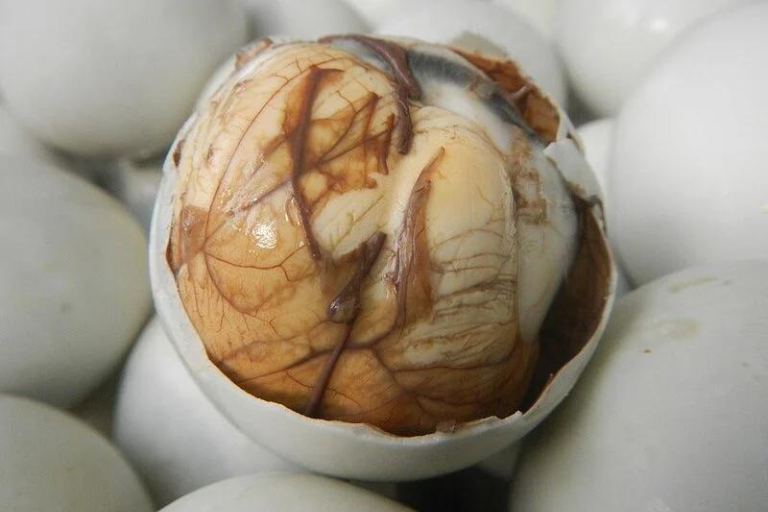
Kicking off our list is the Filipino delicacy, Balut – a fertilized duck egg with a partially developed embryo. Despite its initial shock factor, Balut is cherished for its distinct taste and texture.
2. Surströmming (Sweden)
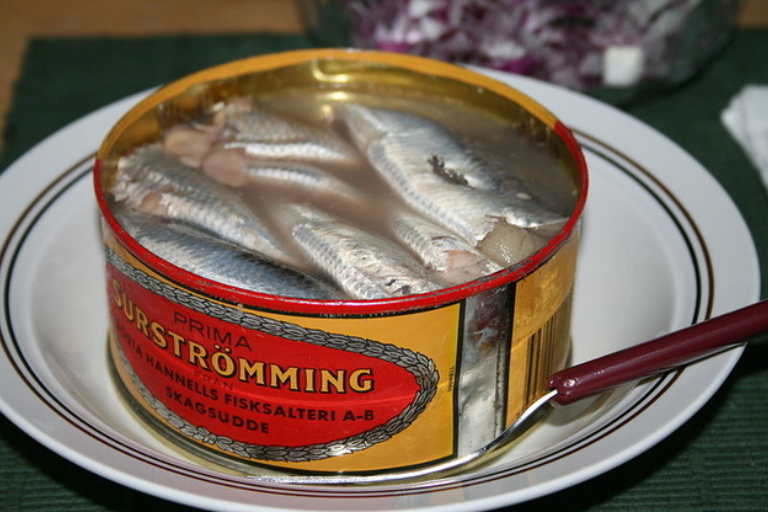
In Sweden, adventurous eaters may encounter Surströmming, a fermented herring notorious for its pungent odor. Brace yourself for a sensory experience that challenges even the most seasoned food enthusiasts.
3. Hákarl (Iceland)
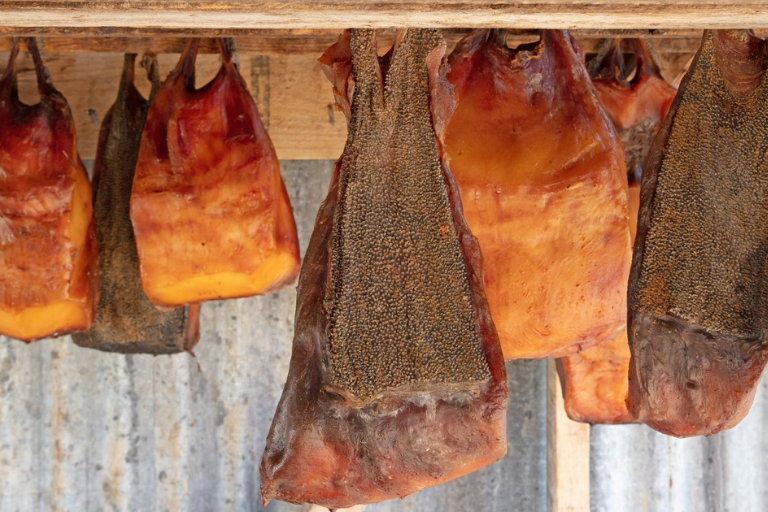
Venturing to Iceland introduces Hákarl, or fermented shark. Prepared by burying the shark underground for several months, this dish is not for the faint-hearted but is deeply rooted in Icelandic tradition.
4. Casu Marzu (Italy)
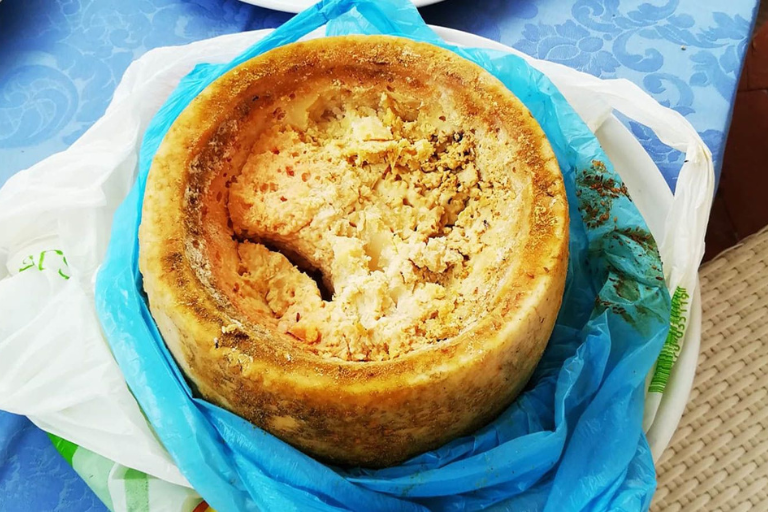
Italy presents Casu Marzu, a cheese teeming with live insect larvae. This Sardinian delicacy adds an unexpected crunch and intensity to the cheese-tasting experience.
5. Stink Bugs (Africa)
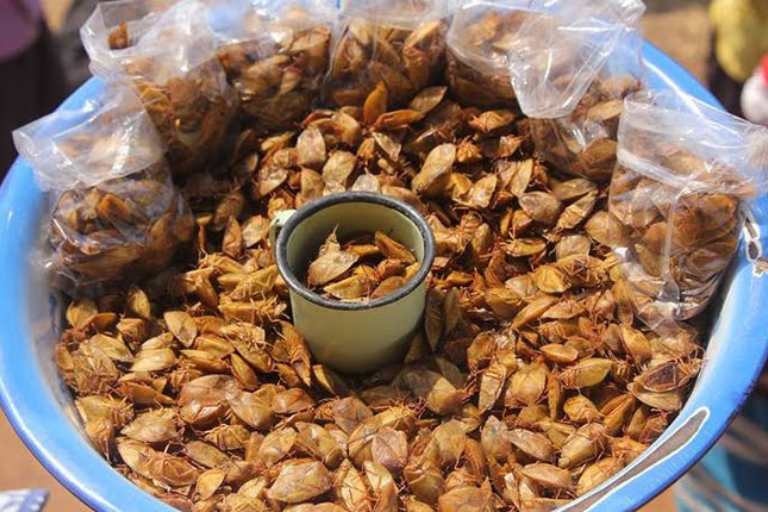
Certain African regions embrace the consumption of stink bugs, providing a crunchy and protein-rich snack. Locals appreciate these insects for their nutritional value and unique flavor.
6. Century Egg (China)
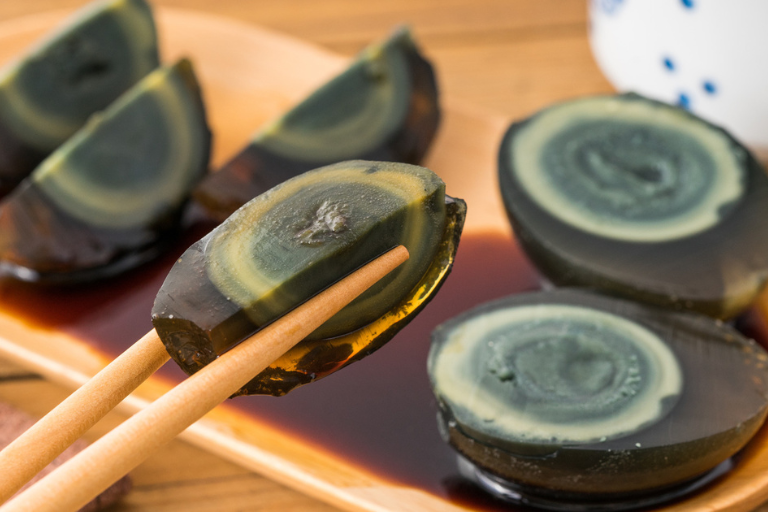
Hailing from China, the Century Egg undergoes preservation in a mixture of clay, ash, salt, quicklime, and rice straw for several weeks. The result is a translucent, jelly-like egg with an acquired taste.
7. Rocky Mountain Oysters (USA)
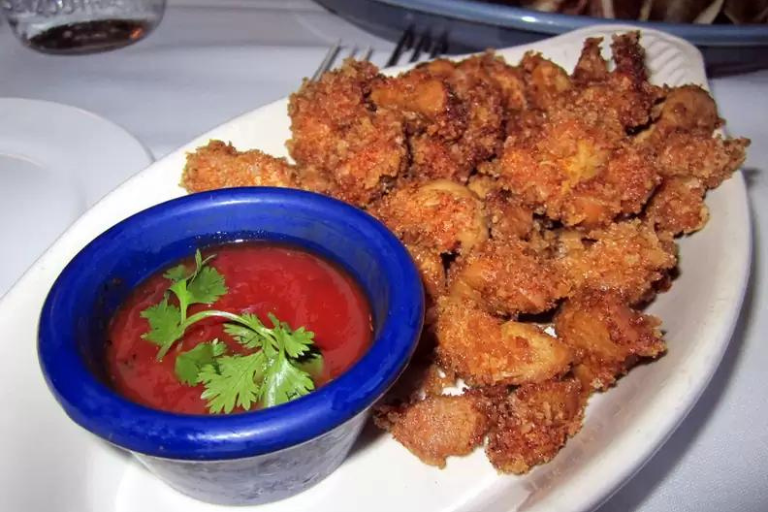
Daredevils in the United States might indulge in Rocky Mountain Oysters – deep-fried bull testicles. Despite the eyebrow-raising name, these culinary curiosities are cherished in certain American cuisines.
8. Hakarl (Greenland)
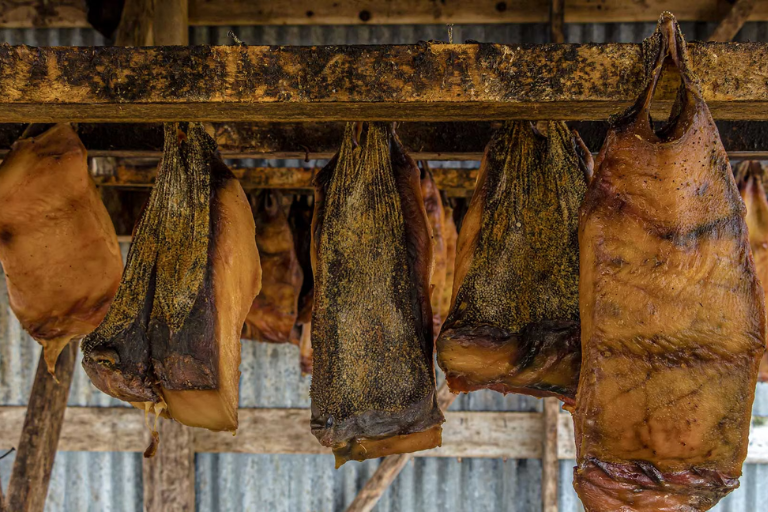
Greenland offers Hakarl, a dish made from fermented and dried Greenland shark. Its strong ammonia-like smell may be off-putting, but it is an integral part of Greenlandic culinary heritage.
9. Escamol (Mexico)
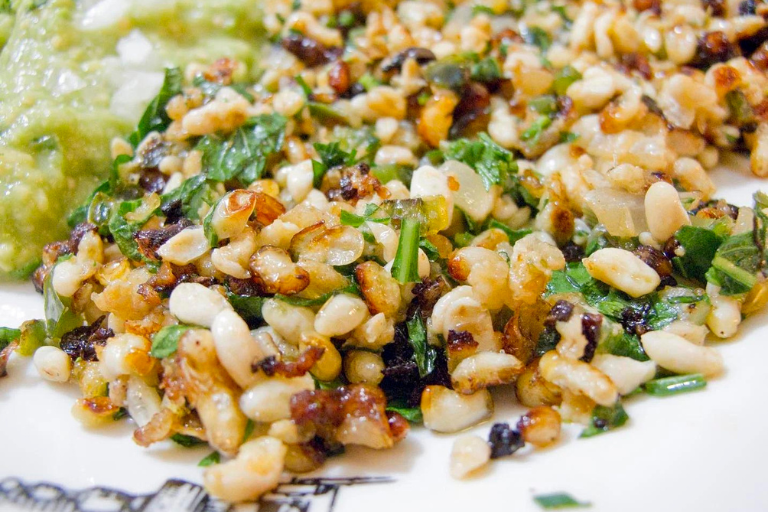
Known as “insect caviar,” Escamol consists of ant larvae harvested from the roots of agave plants in Mexico. This delicacy boasts a nutty flavor, appealing to those seeking exotic gastronomic experiences.
10. Sannakji (South Korea)
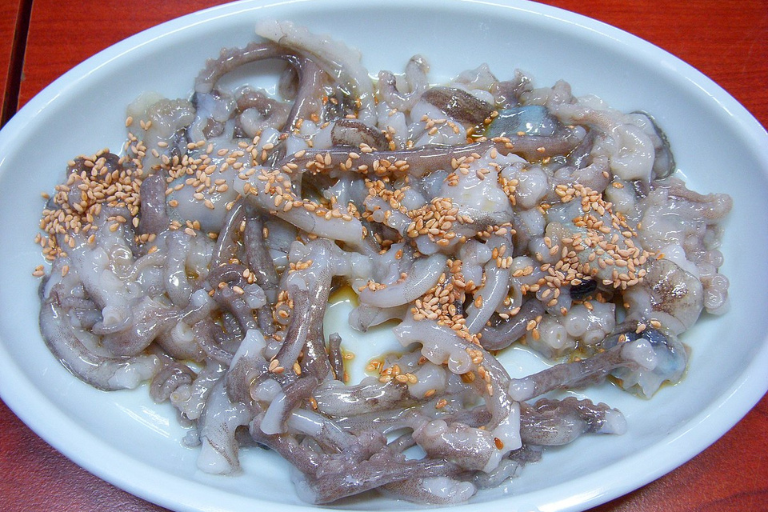
South Korea contributes Sannakji – live octopus tentacles seasoned and served immediately. Adventurous eaters appreciate the challenge of consuming the still-moving tentacles.
11. Blood Pudding (Various Countries)
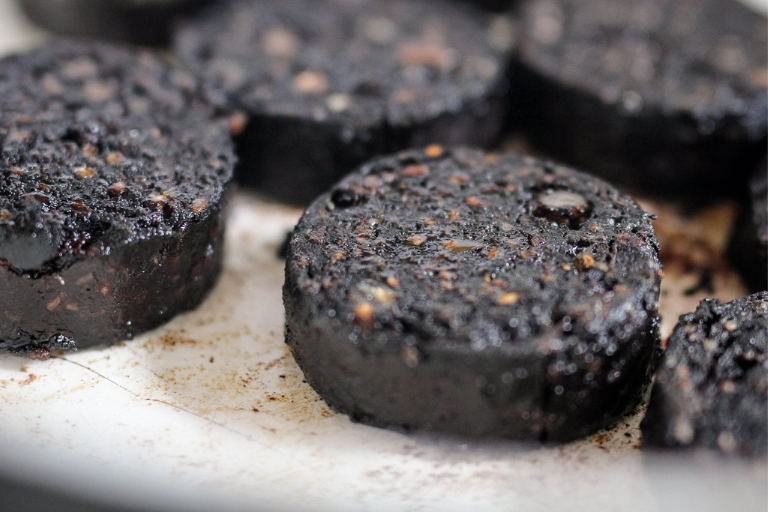
Blood Pudding, found in various forms across the globe, is made by coagulating animal blood with other ingredients. Despite its rich history, the dish may evoke mixed reactions.
12. Shirako (Japan)
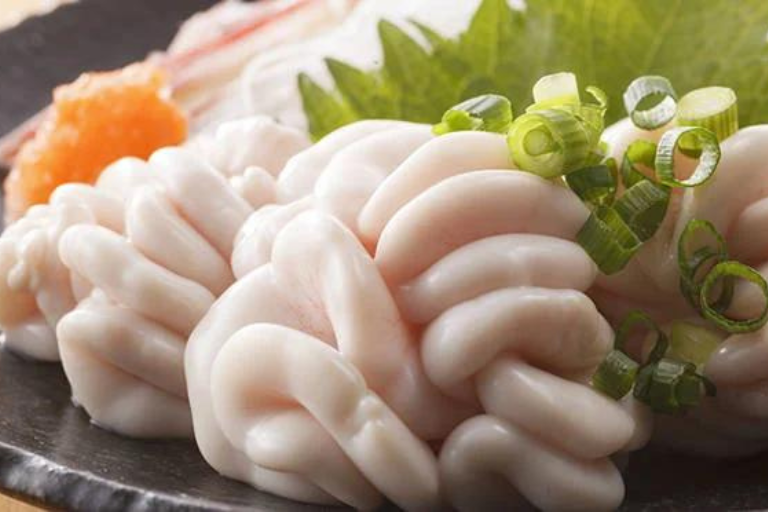
Japan introduces Shirako, or fish sperm sacs, typically harvested from cod or pufferfish. Often served in upscale restaurants, it has a creamy texture and a subtle, delicate flavor.
13. Frog Legs (France)
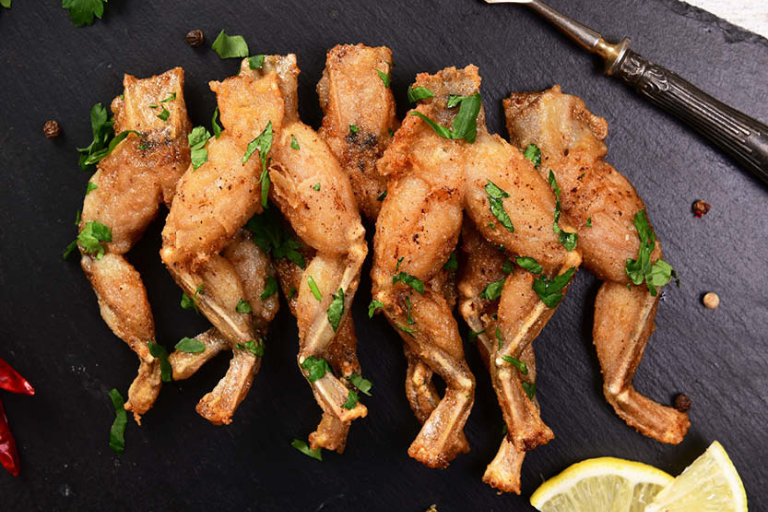
While frog legs are not exclusive to France, they have become a culinary delicacy in French cuisine. Typically prepared with garlic and parsley, these amphibious limbs are surprisingly tender.
14. Witchetty Grub (Australia)
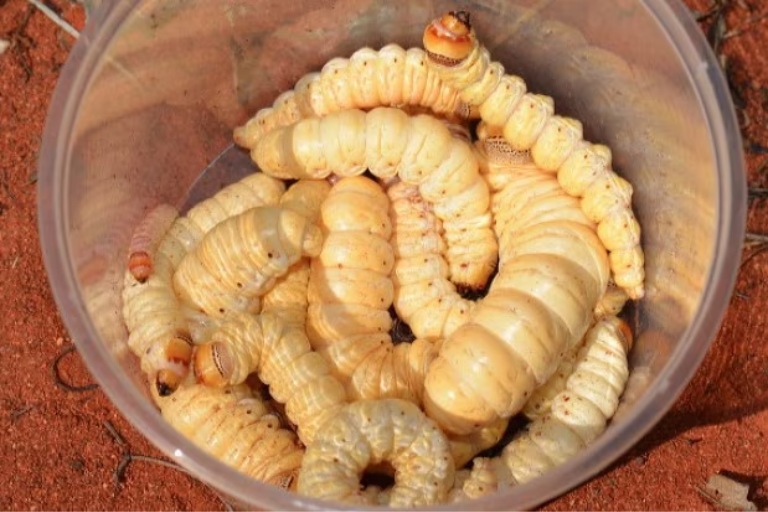
Australia’s Witchetty Grub, a large, wood-eating larvae, is a traditional Indigenous food source. Often consumed raw or lightly cooked, it offers a nutty taste.
15. Black Pudding (United Kingdom)
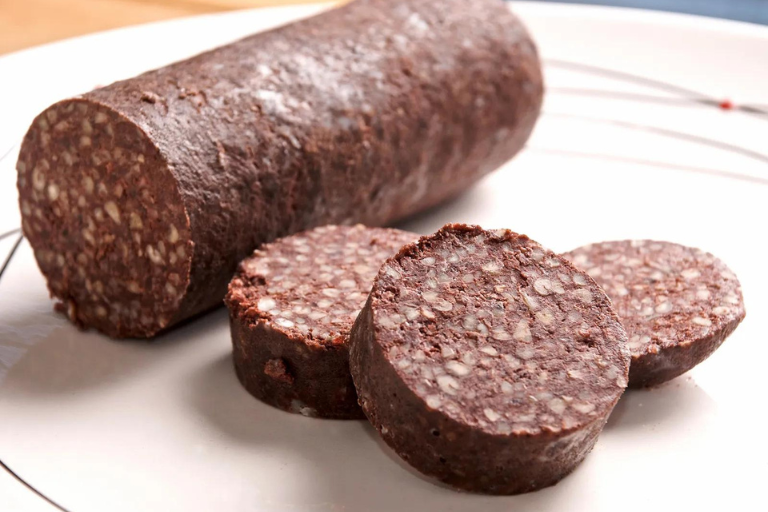
A staple in British cuisine, Black Pudding is made from congealed pig’s blood mixed with fat and oatmeal. Loved by some and reviled by others, it embodies the essence of traditional fare.
16. Tuna Eyeballs (Japan)
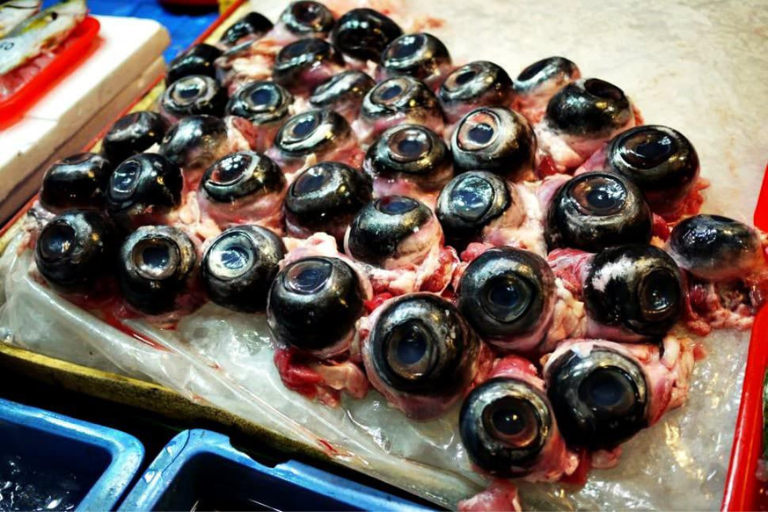
Found in Japanese seafood markets, Tuna Eyeballs are simmered and seasoned for consumption. Their gelatinous texture and unique flavor make them a delicacy in certain regions.
17. Fried Tarantulas (Cambodia)
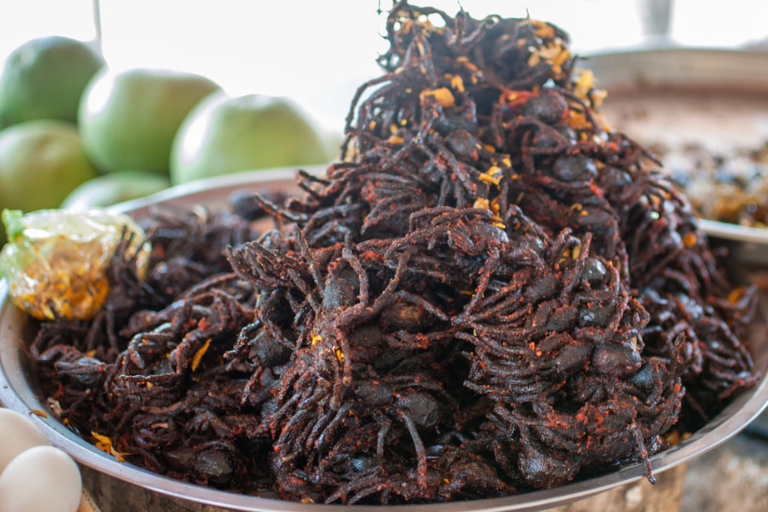
In Cambodia, adventurous eaters can savor Fried Tarantulas, a crunchy street food delicacy. Despite their arachnid origins, these spiders are enjoyed for their crispy texture.
18. Khash (Armenia)
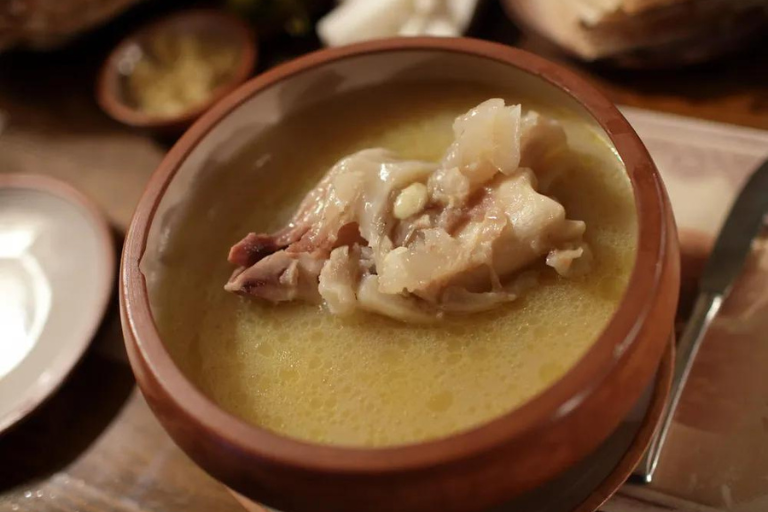
Armenia’s traditional winter dish, Khash, involves slow-cooking cow’s feet and head. Consumed as a hearty soup, it is often accompanied by garlic, radishes, and lavash bread.
19. Snake Wine (Vietnam)
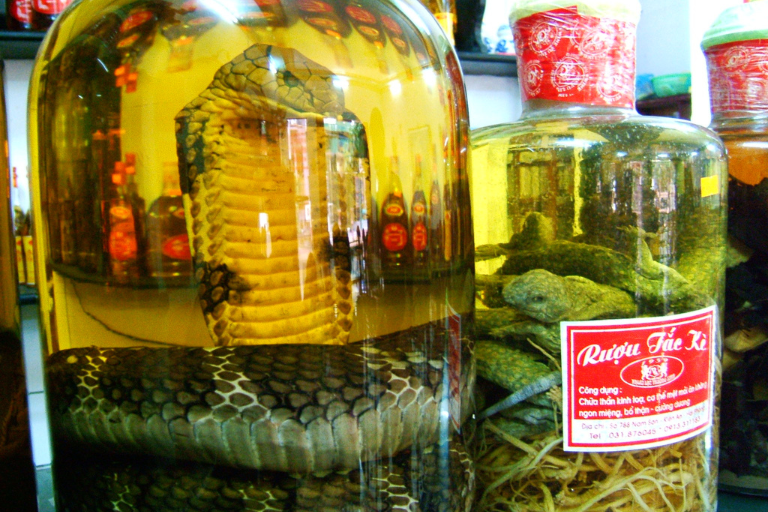
For a truly exotic drink, Vietnam offers Snake Wine – rice wine infused with a venomous snake. The belief in its health benefits adds to its popularity in certain Southeast Asian regions.
20. Mopane Worms (Southern Africa)
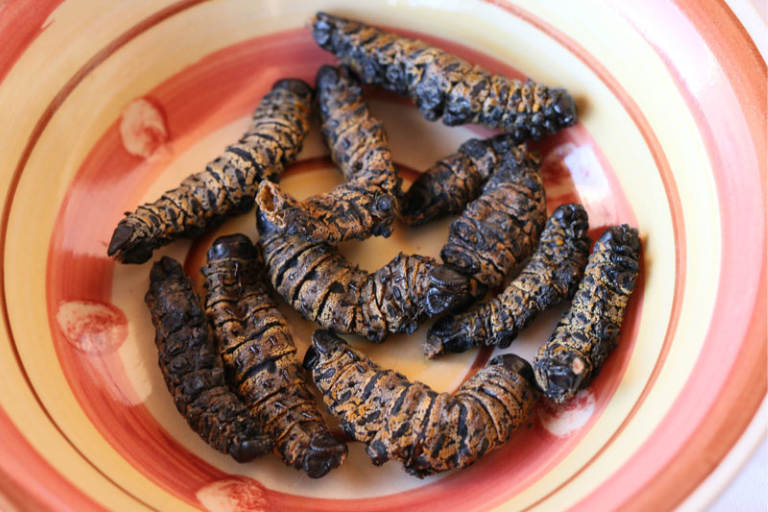
Closing our culinary odyssey are Mopane Worms, large caterpillars consumed in Southern Africa. Rich in protein, these larvae are often dried and fried, offering a unique crunchy texture.



GIPHY App Key not set. Please check settings